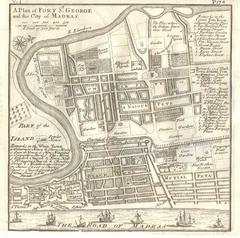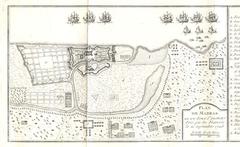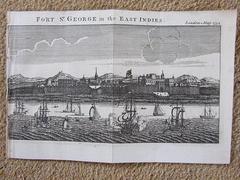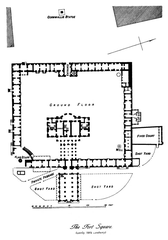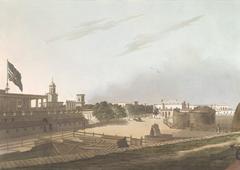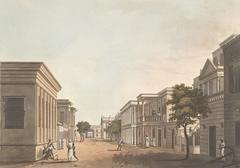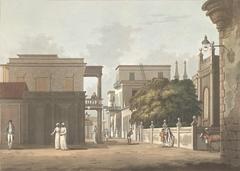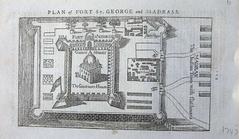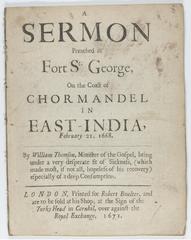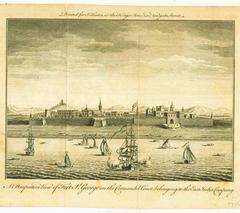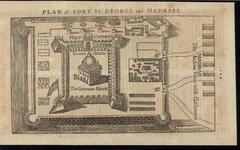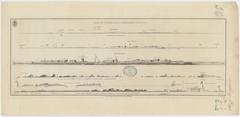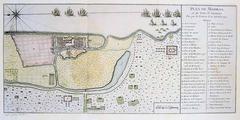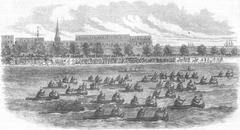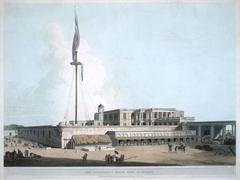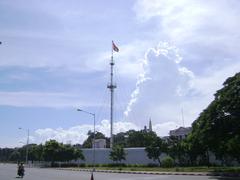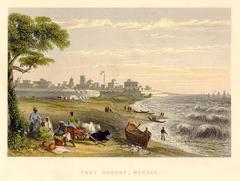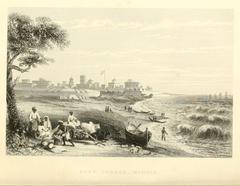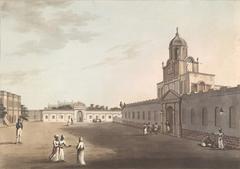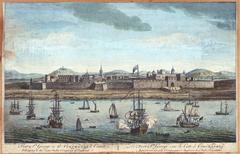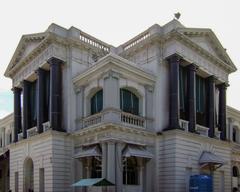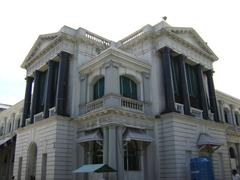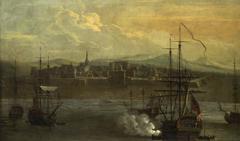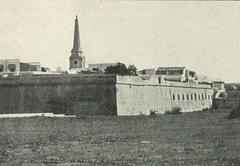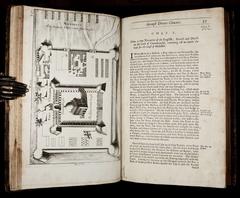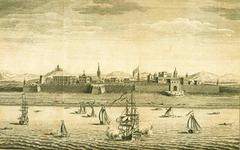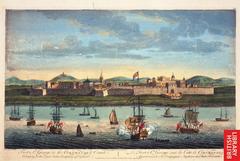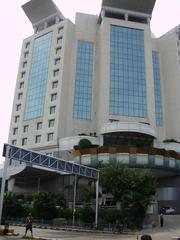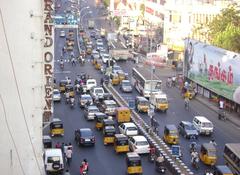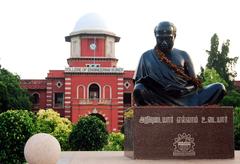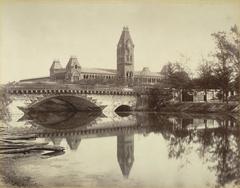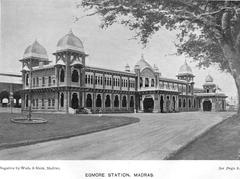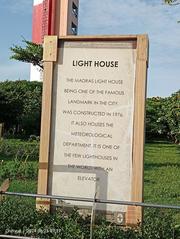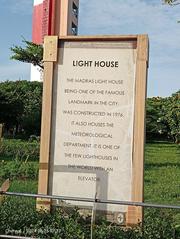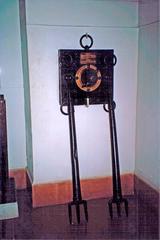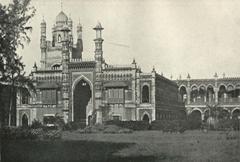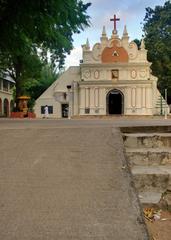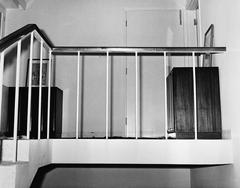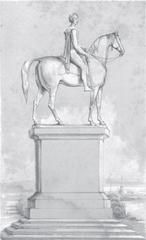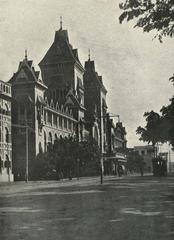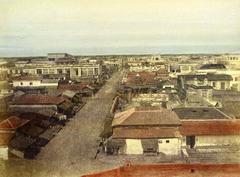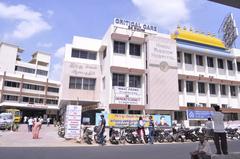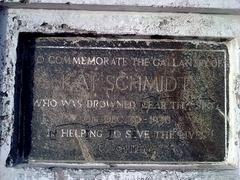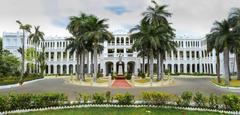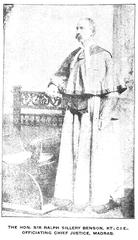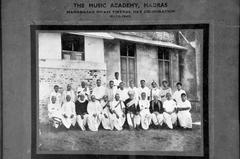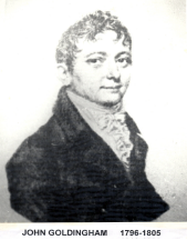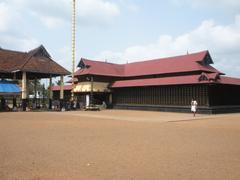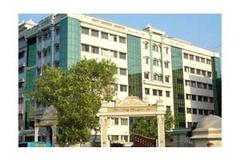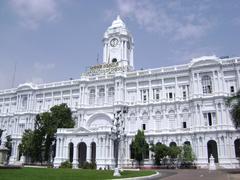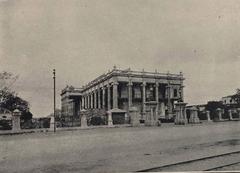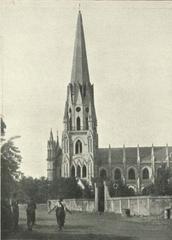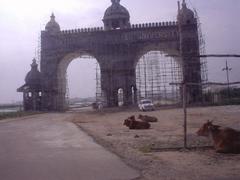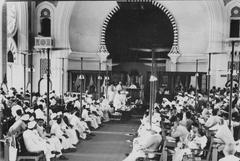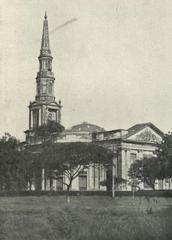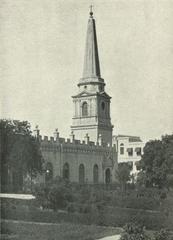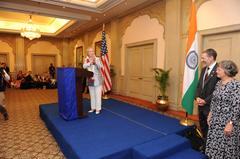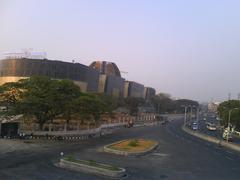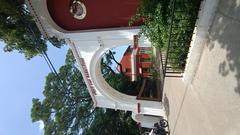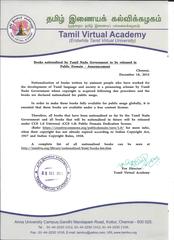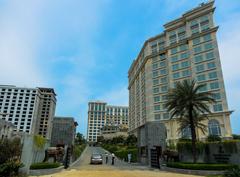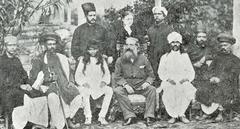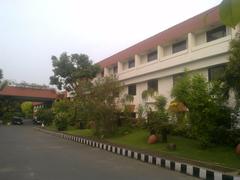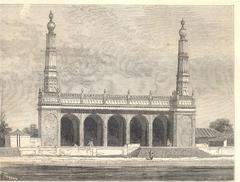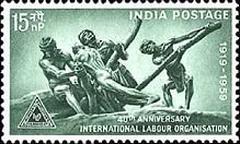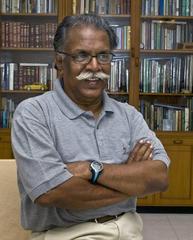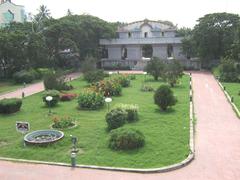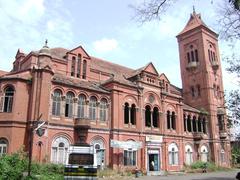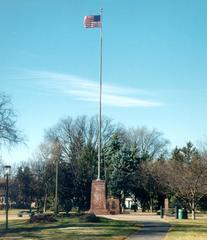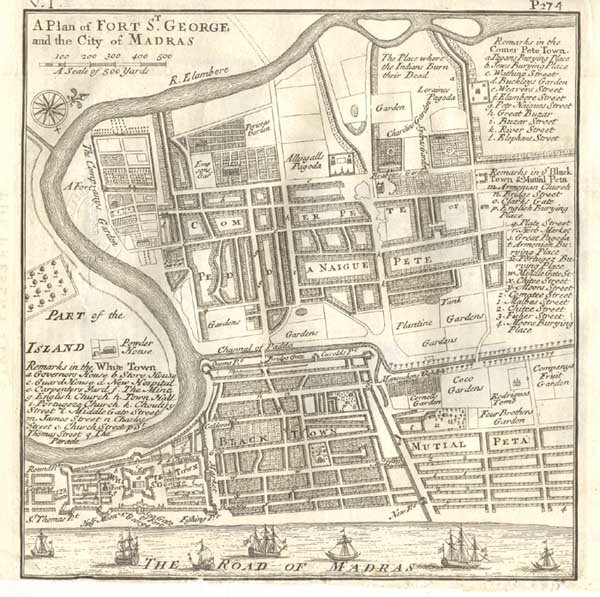
Fort St. George Chennai: Visiting Hours, Tickets, and Historical Sites Guide
Date: 14/06/2025
Introduction
Fort St. George in Chennai stands as a monumental testament to the inception and growth of British colonial presence in India. Established in 1644 by the British East India Company, it was the first English fortress on Indian soil and marked the birthplace of modern Chennai (formerly Madras). Its strategic coastal location allowed the British to control trade routes, influence politics, and shape the economic and cultural landscape of southern India for centuries (Britannica; Wikipedia). Today, the fort remains a living historical landmark, housing government offices, a museum, and significant colonial-era buildings, making it a must-visit for history enthusiasts and tourists alike.
Table of Contents
- Historical Background and Colonial Significance
- Visitor Information: Fort St. George
- Architectural Features and Cultural Importance
- Key Attractions within Fort St. George
- Practical Visiting Tips and Accessibility
- Nearby Attractions in Chennai
- Frequently Asked Questions (FAQs)
- Conclusion
- References
Historical Background and Colonial Significance
Origins and Construction
Fort St. George was constructed by the British East India Company after receiving permission from the raja of Chandragiri in 1639, seeking a fortified trading post to support their expanding textile trade (Britannica). Completed on April 23, 1644—St. George’s Day—the fort was strategically positioned on the Coromandel Coast, facing the Bay of Bengal. The initial investment was approximately £3,000, and its completion signaled the start of large-scale European settlement in southern India (Wikipedia).
Architectural and Military Design
The fort showcases early British military architecture, with 6-meter-high granite walls, angular bastions for artillery defense, a moat, and a parade ground (Live Chennai). Original features, such as the black Charnockite pillars of the Secretariat, remain intact, reflecting both European neoclassical and Indo-Saracenic influences (Indulge Express).
Colonial Administration and Growth
Fort St. George quickly became the administrative and commercial center for the British, catalyzing the growth of the adjoining George Town and laying the foundation for Madras (now Chennai) (Wikipedia). The fort also played a defensive role during regional conflicts, including a brief French occupation in 1746 and sieges by Hyder Ali of Mysore. Its resilience cemented British dominance in southern India and enabled the city’s expansion.
Political, Economic, and Social Impact
Serving as headquarters for the British Governor and Council, the fort was the epicenter of regional governance, trade, and diplomatic relations (Wikipedia). The export of textiles and other goods made the fort a hub of economic activity. Socially, the fort’s establishment led to the rapid growth of Madras, the introduction of British legal and educational systems, and the creation of religious and administrative institutions like St. Mary’s Church (Indulge Express).
Transformation and Legacy
After the British East India Company’s decline, Fort St. George served as the seat of the Madras Presidency and later the Government of Tamil Nadu. Today, it houses the state legislative assembly and secretariat, maintaining its administrative significance (Wikipedia). The on-site museum, managed by the Archaeological Survey of India, preserves colonial-era artifacts, documents, and portraits, bridging the past with the present.
Visitor Information: Fort St. George
Visiting Hours & Tickets
- Open: Tuesday to Sunday, 9:00 AM–5:00 PM; closed Mondays and public holidays.
- Ticket Prices:
- Indian citizens: INR 15–25 (varies by area)
- Foreign nationals: INR 100–300
- Children under 15: Free
- Additional charges may apply for museum entry and camera use (chennaitourism.travel; Tusk Travel).
- Booking: Tickets can be purchased at the entrance or online.
- Guided Tours: Available in English and Tamil; book on-site or in advance.
Accessibility
- Wheelchair access with ramps and assistance in major areas.
- Restrooms, drinking water facilities, and a small cafeteria are available.
- Comfortable footwear and sun protection are recommended due to extensive walking and exposure.
Getting There
- By Rail: Chennai Central Railway Station (3 km away)
- By Metro: Government Estate station nearby
- By Road: Well connected via buses, taxis, and auto-rickshaws; on-site paid parking available.
Architectural Features and Cultural Importance
Main Structures and Design
- Walls and Gates: Granite walls and imposing gateways designed for defense.
- Bastions and Parade Ground: Angular bastions at each corner and a spacious parade ground.
- Secretariat Colonnade: Original black Charnockite pillars, a hallmark of colonial architecture (Live Chennai).
- Neoclassical and Indo-Saracenic Elements: Symmetry, columns, wide verandas, and adaptations for the local climate (cultureandheritage.org).
Notable Buildings
- St. Mary’s Church: The oldest Anglican church in India (built 1678–1680), with historic tombstones and a simple, robust design (thedilli.in).
- Fort Museum: Housed in a neoclassical building, showcasing colonial artifacts, portraits, coins, and documents (chennaitourism.travel).
- Wellesley House and Flagstaff: Wellesley House features grand halls and the 150-foot teakwood flagstaff, one of India’s tallest.
- Government and Legislative Buildings: Host the Tamil Nadu Legislative Assembly and Secretariat.
Cultural Importance
Fort St. George is regarded as the birthplace of modern Chennai and a symbol of both colonial and post-colonial identity (dwello.in). It plays a vital role as a living heritage site, educational resource, and venue for cultural events and community engagement.
Key Attractions within Fort St. George
St. Mary’s Church
- Historic Anglican church featuring colonial tombstones and plaques.
- Site of notable weddings and early British colonial ceremonies.
Fort Museum
- Three floors of artifacts: weapons, uniforms, manuscripts, coins, and the 14.5-foot Lord Cornwallis statue (thedilli.in).
- Special exhibits on British and Indian history, including Tipu Sultan’s cannons.
Wellesley House and Banqueting Hall
- Houses portraits of British officials and artifacts relating to colonial governance.
The Flagstaff
- 150-foot teakwood structure, a prominent fort symbol (Trawell.in).
Practical Visiting Tips and Accessibility
- Best Time to Visit: November to February for pleasant weather; weekday mornings to avoid crowds.
- Dress Code: Dress modestly and be prepared for security checks, especially near government offices.
- Photography: Allowed in most public areas; flash and drone use may be restricted. Fee may apply.
- Visit Duration: Allocate 1–2 hours for the fort, museum, and church.
Nearby Attractions in Chennai
- Marina Beach: One of the world’s longest urban beaches (5 km away).
- Government Museum: Rich in Tamil Nadu’s history and art (2 km away).
- Kapaleeshwarar Temple: Renowned Dravidian architecture (6 km away).
- St. Andrew’s Church, Valluvar Kottam, ISKCON Temple, Neelankarai and Palavakkam Beaches: Other notable sites for a fuller Chennai experience (Yometro).
Frequently Asked Questions (FAQs)
Q: What are Fort St. George’s visiting hours?
A: Open Tuesday–Sunday, 9:00 AM–5:00 PM; closed Mondays and public holidays.
Q: How much are tickets?
A: INR 15–25 for Indians, INR 100–300 for foreigners; children under 15 free; additional fees for museum/cameras.
Q: Are guided tours available?
A: Yes, available in English and Tamil; book at the museum or in advance.
Q: Is the fort wheelchair accessible?
A: Yes, most areas are accessible, though some historic sections may have limitations.
Q: Can I take photographs?
A: Allowed in most public areas, subject to restrictions in administrative zones; camera fee may apply.
Q: How do I reach the fort?
A: Centrally located; accessible by rail, metro, road, and nearby parking.
Conclusion
Fort St. George is a cornerstone of Chennai’s historical and cultural identity, seamlessly blending centuries of colonial heritage with ongoing governmental significance. From its robust military architecture to its storied church and museum collections, the fort offers an immersive window into the evolution of Chennai and the broader region. Plan your visit using the information provided—covering visiting hours, ticketing, accessibility, and nearby attractions—for an enriching and memorable experience at one of India’s most iconic historical sites.
For the latest updates, special events, and virtual tours, consult the official Tamil Nadu Tourism website and the Fort St. George museum portal. Enhance your visit with the Audiala app for guided audio tours and interactive maps.
References
- This guide draws on authoritative sources for accuracy and up-to-date visitor information:
